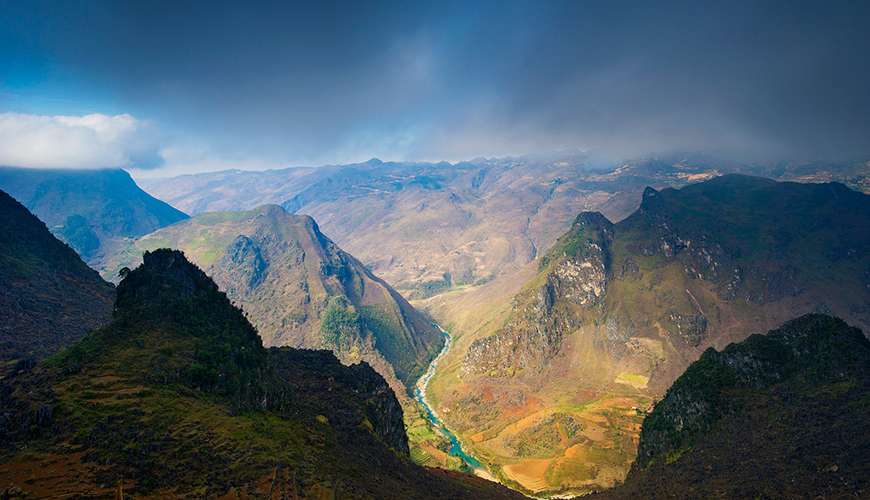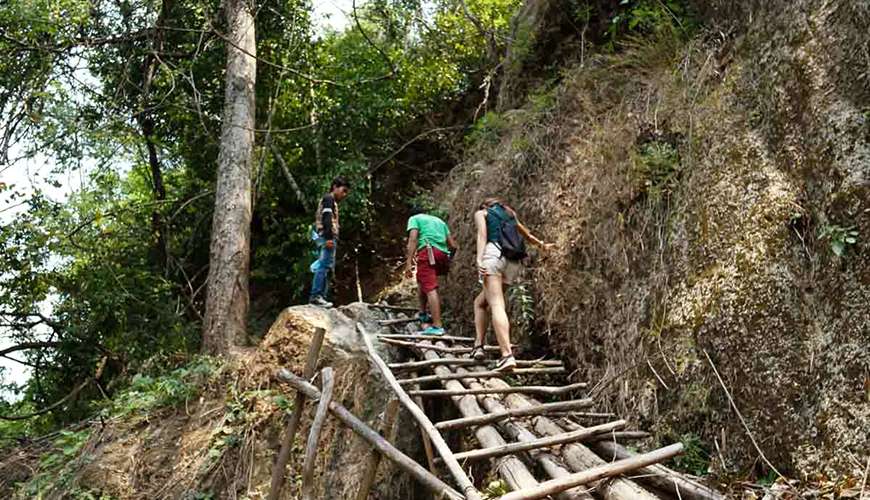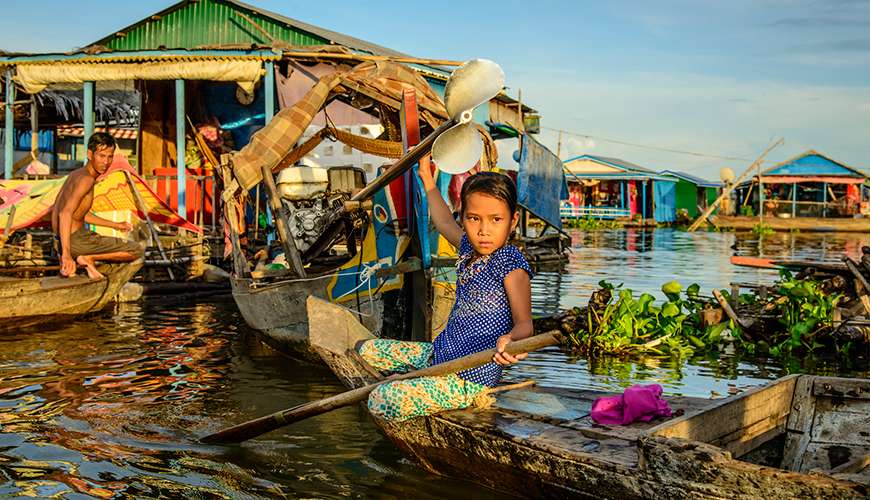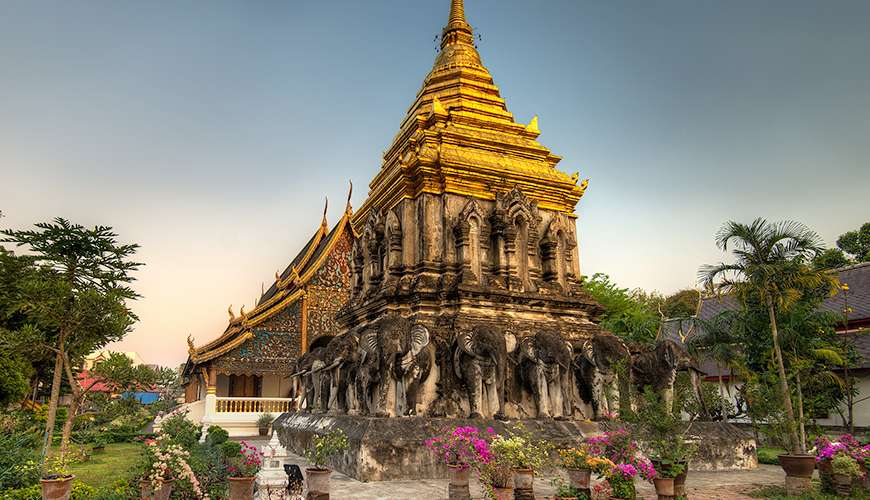Few regions in the world can compete with Southeast Asia in terms of trekking. The countries here have done an amazing job preserving their most stunning natural attractions, and the wealth of trekking opportunities reflects this.
In Vietnam, the Northern Mountains offer the widest range of options for trekking. Our favourites include the meandering valleys and endless rice paddies of Sa Pa and the forested peaks of Ha Giang, Vietnam’s “final frontier”. While the south is flatter and more agriculturally developed, there is still trekking to be enjoyed up in the Central Highlands. Da Lat is a natural choice for a trekking base here, and trekking through the green valleys to discover coffee plantations and tulip orchards is a great experience.

Gorgeous river valleys are a typical sight when trekking in Southeast Asia.
While all four countries offer great trekking, Laos offers the greatest range of potential destinations. In the north, many choose to head out on treks from Luang Prabang. While this is certainly the most convenient option, much better treks are available from one of the many smaller northern towns, like Phonsovan, Nong Khiaw and Luang Namtha. Almost anywhere you go in Northern Laos, there will be a trek there waiting for your guests.

Authentic trekking experiences with a local guide.
In the south, the Bolaven Plateau is the standout trekking destination. Filled with forests, waterfalls, caves and remote villages, your group can spend weeks exploring the plateau and its wonders.
Over in Cambodia, the list of trekking destinations is considerably shorter than that of its neighbours. However, there are still two particularly great destinations. First are the Eastern Highlands, located in the Mondulkiri and Ratanakiri provinces. Sparsely populated and filled with gorgeous nature, it’s a great place to trek, especially to remote villages where an authentic Cambodian lifestyle is still the norm. However, this area pales in comparison to Kampong Chhnang. Sporting what’s easily the best preserved nature in all of Cambodia, the area is also mercifully free of tourists, and as such feels very authentic.

Kampong Chhnang is near Tonle Sap Lake, famous for its floating villages.
Chiang Mai is for good reason considered the trekking capital of Thailand. However, while the sheer variety of treks cannot be matched anywhere else, there are plenty of smaller towns happy to serve as your group’s base for trekking the northern mountains like Pai, Chiang Rai and Mae Hong Son.
While the north receives thousands of tourists hungry to trek every year, Isan, the largest region in the country, receives practically no western tourists, with less than half a percentage of foreign visitors even setting foot in the region. This means that there’s a plethora of unspoiled nature free of tourist crowds, and Khon Khaen in the centre of the region is a perfect place to start.

Kanchanaburi is filled with temples that greatly complement the nature and trekking.
Finally, for those wishing to combine trekking with some historical context, Kanchanaburi is a great choice. The site of the Burmese railway and the infamous bridge over river Kwai, and allows an opportunity for treks focused on history and people, rather than gorgeous nature, though certainly not lacking in this respect either.
There are of course many more places to go on wonderful treks in South East Asia, but these are the ones we consider to have the best trekking, and should be on any list of where to go trekking in South East Asia.